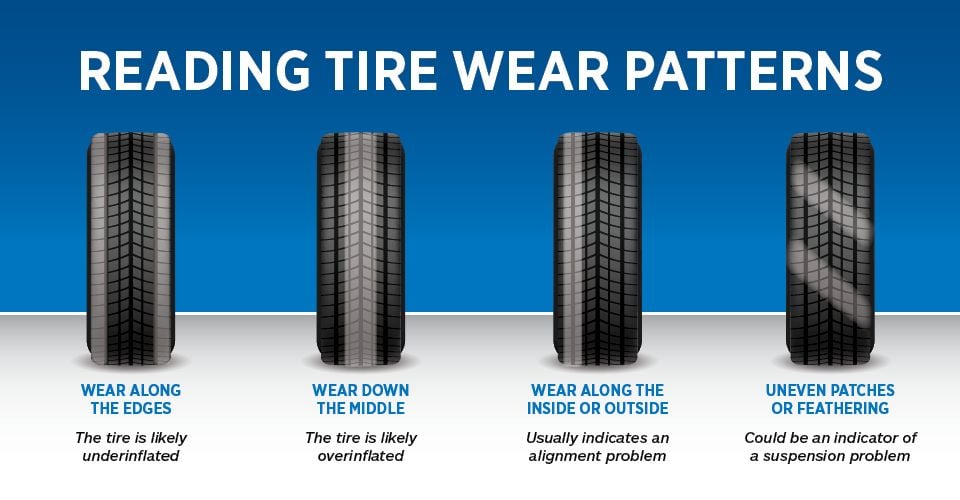When it comes to checking tire tread, there are a number of methods that can help you know if it’s time to replace a tire. Heavily worn tread will prevent a tire from performing as designed and can lead to unsafe driving conditions. One of the simplest, most common ways to check tread depth requires nothing more than a penny and a few moments of your time.
In the United States, tire tread depth is measured in 32nds of an inch. New tires typically come with 10/32” or 11/32” tread depths, and some truck, SUV and winter tires may have deeper tread depths than other models. The U.S. Department of Transportation recommends replacing tires when they reach 2/32”, and many states legally require tires to be replaced at this depth.
The idea of the penny test is to check whether you’ve hit the 2/32” threshold. Here’s how it works:
Place a penny between the tread ribs on your tire. A “rib” refers to the raised portion of tread that spans the circumference of your tire. Tire tread is composed of several ribs.
Turn the penny so that Lincoln’s head points down into the tread.
See if the top of his head disappears between the ribs. If it does, your tread is still above 2/32” , If you can see his entire head, it may be time to replace the tire because your tread is no longer deep enough.
When performing the penny tire test, remember not only to check each tire, but to check various places around each tire. Pay special attention to areas that look the most worn. Even if parts of your tread are deeper than 2/32”, you should still replace the tire when any areas fail the penny test.
Consistent wear around the whole tire is normal, but uneven tread wear could be a sign of improper inflation, wheel misalignment, or a variety of other things. If you see uneven tread wear, you should have a technician inspect your vehicle.
A simple way to check your tire tread depth is by using a tread depth gauge. You can find tire tread depth gauges at your local auto parts store. There are many models available, but an inexpensive simple graduated probe gauge will work just fine. All you have to do is stick the probe into a groove in the tread and press the shoulders of the probe flat against the tread block and read the result. All gauges should measure in both 32nds of an inch and millimeters.
You can find tire tread depth gauges at your local auto parts store. There are many models available, but an inexpensive simple graduated probe gauge will work just fine. All you have to do is stick the probe into a groove in the tread and press the shoulders of the probe flat against the tread block and read the result. All gauges should measure in both 32nds of an inch and millimeters.
Another indicator of worn out tread already lives in your tires themselves. Every performance, light truck, or medium commercial tire comes equipped with indicator bars (or wear bars) embedded between the tread ribs at 2/32”. They’re there to help you monitor tread depth and make decisions about tire replacement. Just look to see if the tread is flush with the indicator bars. If they are, it’s time to replace the tire.
While the penny tire test does deliver on what it promises – indicating whether tread has reached the legal limit – it may not be the best indicator of whether your tires are safe for the road. Tire performance can diminish significantly before your tread hits 2/32”. Even though the law deems fit for safe driving may not prevent you from hydroplaning or losing control in rainy, slushy conditions. If you think your tires may be close to needing replacement, have them checked out by a licensed mechanic.
Tire performance can diminish significantly before your tread hits 2/32”. Even though the law deems fit for safe driving may not prevent you from hydroplaning or losing control in rainy, slushy conditions. If you think your tires may be close to needing replacement, have them checked out by a licensed mechanic.
We tested new tires on a short wet track to see how they gripped the track in wet driving conditions; next we tried out the same tire nearly worn to the legal limit. Photo: Scotty Reiss
And, how to know when to buy new tires!Michelin doesn’t want you to buy new tires.
Not before you need them, anyway. The company is committed to being the safest tire on the road. And now, it wants to also be seen as the most responsible and sustainable tire on the road. But being responsible and sustainable, in the tire world anyway, means getting the most mileage out of your tires. And it turns out, many people —many, many people—replace their tires too soon.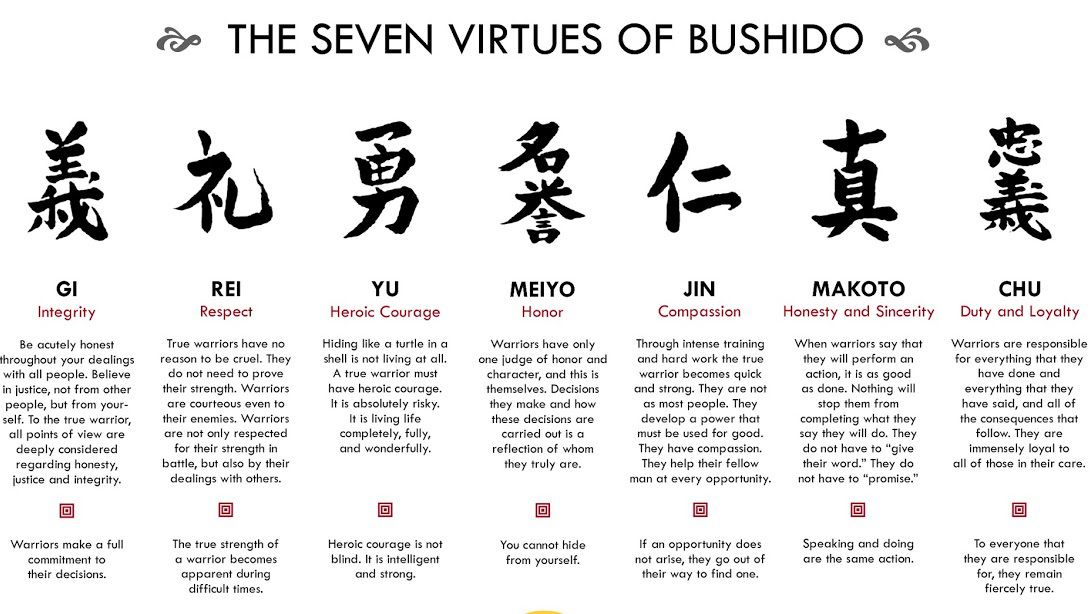
So here’s a stunning statistic: Globally we waste $25 billion on unnecessary tire purchases. $25 billion!!! Couldn’t you do a lot with an extra $25 billion?
And, replacing tires before it’s necessary costs the average car owner $250 every two years.
But it gets worse: 400 million tires unnecessarily go into landfills every year because tires are not very recyclable.
If you’re buying new tires before you need them, this is what its costing you. Photo: Michelin
Get Your Money’s Worth From Your TiresOur best defense, for now, is to get the most use out of our tires and only replace them when it’s necessary. So how do you know when it’s really time to buy new tires? I was Michelin’s guest at a track demonstration at the company’s North American HQ to learn the difference between how new tires and worn tires perform on wet pavement.
Here is the surprising thing: worn tires, even those that are worn nearly down to the legal limit, can perform nearly as well as new tires. I’m not sure I’d believe it if I hadn’t seen it for myself.
I’m not sure I’d believe it if I hadn’t seen it for myself.
When new, Brand B tires look great. Photo: Scotty Reiss
Putting New Vs. Worn Tires to the TestThe Michelin team pointed out that most tire performance ratings only apply to new tires, not worn tires. But how a tire performs— the distance it takes to stop the car—can vary greatly based on the rubber compounds, the tread design, how much of the tread grips the pavement and how much tread is left on the tire.
To learn the difference, we tested out four sets of tires: two new and two worn, to see how they performed on wet pavement. The biggest surprise was this: The worn set of tires from Brand A (we never learned which brands we were testing) performed about as well as the new tires from Brand B. And the worn tires from Brand B? It took a lot more braking and steering to control the car.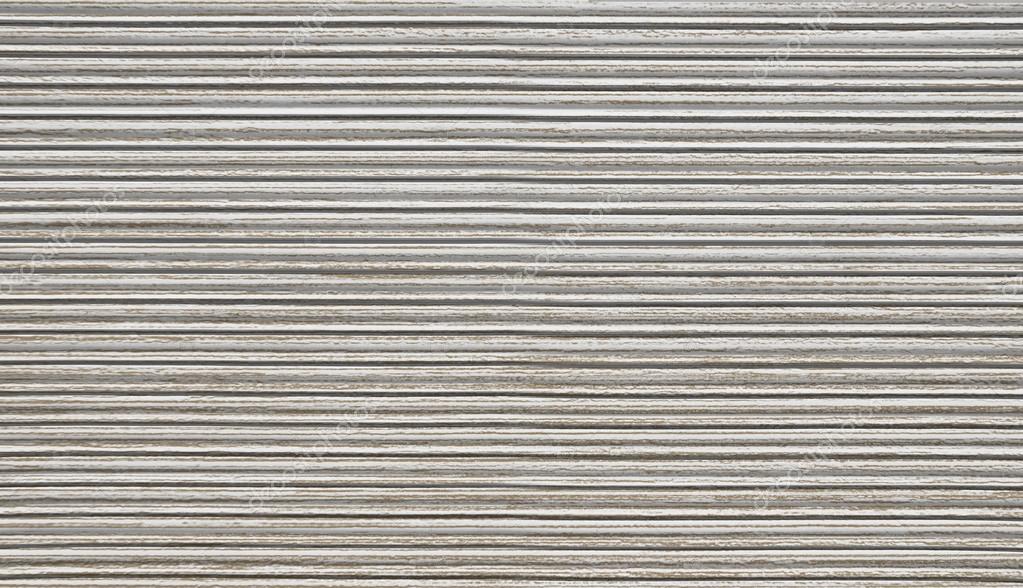 This last part was a real eye-opener.
This last part was a real eye-opener.
When Brand B is worn down the pavement gripping power wears away, too. Photo: Scotty Reiss
How to Know When Tire Replacement Might Be NecessaryKnowing your car and how it performs under typical driving conditions is a great way to gauge when its time to check your tires.
Measure your stopping distance. After all, you probably stop your car many times a day, right? And you probably stop it in all sorts of conditions, like on dry pavement, on wet pavement and even occasionally in snowy or icy conditions. You probably stop at the same intersection every day, too. THAT is where to start taking notice. How soon do you have to start braking in order to stop safely? Take note. When you feel like you need to start braking sooner, note that too. When your stopping distance starts to grow, from, say, 100 feet from the stop sign to 150, it’s time to check your tires.
Notice your car’s traction. Do you feel the rear end slipping or sliding through curves or on wet roads? That could mean it’s time to take a look at your tires.
How you feel behind the wheel? Do you feel as if you constantly need to prepare to brake? Do you feel like you need to work harder to steer your car? Time to check your tires.
How many miles are on your tires? The typical set of tires should last between 40,000 and 60,000 miles, and with cautious driving, could last up to 70,000 miles. Check the warranty on your tires to be sure how many miles manufacturer believes you should get from your tires.
The Michelin team told us that most rubber compounds perform well despite a tire’s age, but it is worth noting that winter tires will wear down faster in warm months, and a car is garaged for a long period may experience less grip on the pavement than new tires.
What new tread looks like versus worn tires. Photo: Michelin
Will Your Tires Pass Inspection?They will if they have more than 2/32nds of tread.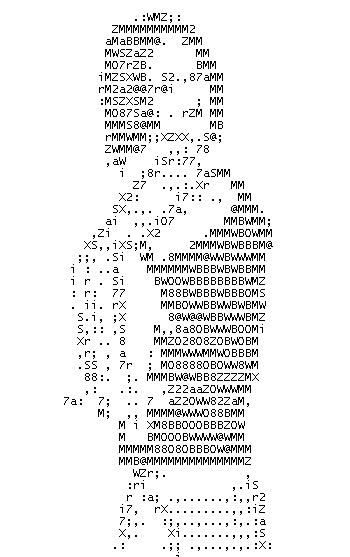 So, just go out and measure to see if you have 2/32nds of the tread or greater. Ha. You might as well ask me to say that in Greek.
So, just go out and measure to see if you have 2/32nds of the tread or greater. Ha. You might as well ask me to say that in Greek.
Here’s what the heck that means: 2/32nds of tread is the legal minimum of tread you need on your tires to pass inspection in most states. Most tires have 10/32nds of tread when new, and when 80 percent of the tread has worn down, or its reached 2/32nds, it’s time for new tires.
Michelin performance tested a number of tires to see how they perform new, mid-life and fully worn Surprisingly, some tires that scored great when new didn’t do so well toward the end of life. Photo: Michelin
How to Know For Certain That You Need New Tires
Until your tires are truly worn down, they should perform well. That’s what Michelin thinks, so the company wants to start a conversation about how worn tires perform. And we agree. I would love to see 25,000-mile ratings and 50,000-mile ratings so I know that the money I’m spending on tires is money well spent.
Disclosure: I was Michelin’s guest fo this test drive event; all opinions are my own.
Journalist, entrepreneur and mom, Scotty likes to say the automotive business found her, she didn't pursue it. But recognizing the opportunity to give voice to powerful female consumers and create a voice to match their spending power, her mission became to empower women as car buyers and owners. A career-long journalist, she has written for the New York Times, Town & Country, Adweek and co-authored the book Stew Leonard, My Story, a biography of the founder of the iconic grocery company Stew Leonard’s.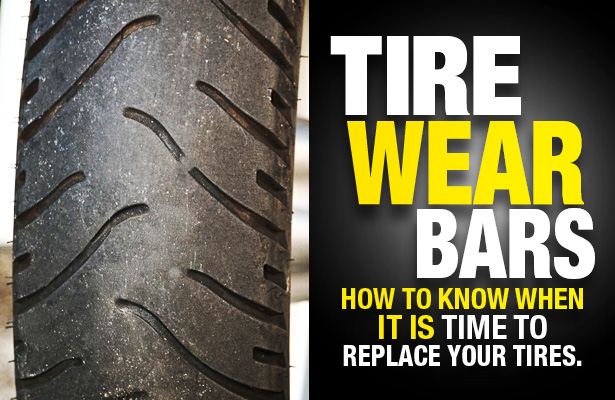 Her love of cars started when her father insisted she learn to change the oil in her MG Midget, but now it mostly plays out in the many road trips taken with her family.
Her love of cars started when her father insisted she learn to change the oil in her MG Midget, but now it mostly plays out in the many road trips taken with her family.
Related materials
7 rubber signals: what the tire says about car problems
How do you know when tires are completely worn out and it's time to change them? Everything is simple. For summer tires, the limit is 1.6 mm of residual tread depth, and for winter (or all-season tires used in winter) - 4 mm. Modern summer tires can travel from 40,000 to 70,000 km, depending on driving style and vehicle characteristics. An average motorist rolls such a mileage on summer tires in 2-3 seasons. Moreover, wear implies not only a decrease in tread depth. For millions of cycles of deformation, the strength of the carcass and its adhesion to the layers of the rubber compound are violated. In short, every 2-3 years you should buy a new set of tires. nine0003
An average motorist rolls such a mileage on summer tires in 2-3 seasons. Moreover, wear implies not only a decrease in tread depth. For millions of cycles of deformation, the strength of the carcass and its adhesion to the layers of the rubber compound are violated. In short, every 2-3 years you should buy a new set of tires. nine0003
In case of irreparable damage to one of the tires and a relatively high total mileage of the kit, it is also worth considering replacing it. Well, or about buying at least a pair of new tires, which, for any type of drive, should be installed on the front axle. We put two tires back - the most decent of the remaining ones.
Many motorists drive only a few thousand kilometers a year. This does not mean that the tires will serve you for several decades. According to Russian requirements (GOST 4754-97), the service life of passenger car tires is 5 years from the date of manufacture. And for example, Continental recommends that all car tires (including the spare tire) older than 10 years old should be replaced with new ones.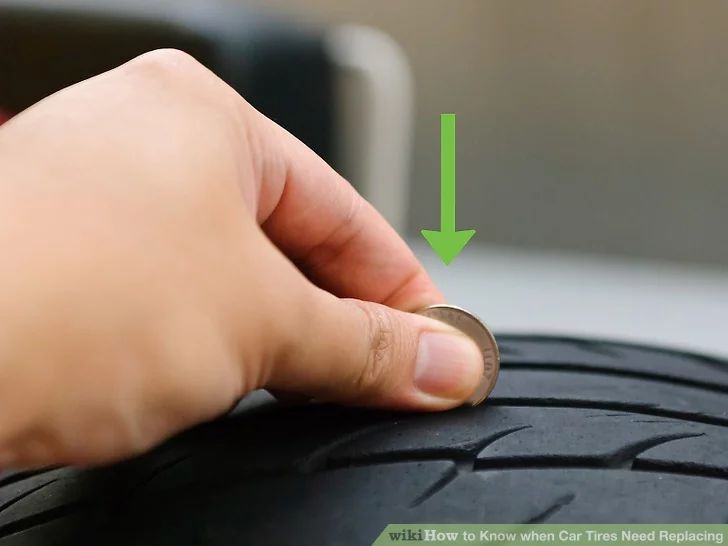 Therefore, with small runs, you can navigate for ten years. The date of manufacture of the tire is indicated on the sidewall. Usually it is an oval with four numbers. The first two are the ordinal number of the week in the year, the last two indicate the year.
Therefore, with small runs, you can navigate for ten years. The date of manufacture of the tire is indicated on the sidewall. Usually it is an oval with four numbers. The first two are the ordinal number of the week in the year, the last two indicate the year.
Related materials
How to change the car yourself - detailed instructions
Tires should be rotated periodically in accordance with the vehicle manufacturer's recommendations - information on this can be found in the owner's manual.
We can advise you to carefully use the tires and, most importantly, to store them correctly in the off-season. First of all, during storage, it is important to exclude direct sunlight from hitting the tires, which greatly age the rubber. Tires without rims should be placed vertically, and stacked on rims. nine0003
And before installing tires on a car at the beginning of the season, evaluate their condition. There should be no cracks in the tread and sidewalls. The tire should not be dry, it should remain rubbery and not look like baked plastic.
There should be no cracks in the tread and sidewalls. The tire should not be dry, it should remain rubbery and not look like baked plastic.
Related materials
Driving on badly worn tires - will I be fined or not?
Winter tires have a much shorter life span. They almost always fail due to the wear of the treadmill, because the tread of a new tire is 7–8 mm, and only 3–4 mm remain working height. If the tires are studded, then with such wear there are very few metal elements left, and the tire will not provide adequate safety when driving on a winter road. However, not only spikes, but also Velcro, with such a degree of wear, also lose most of their capabilities. nine0003
The real life of winter tires rarely exceeds 30,000 km. "Bald" winter tires without studs can be re-rolled in summer, but their grip on hot road surfaces will be very poor. This must be taken into account, especially when braking.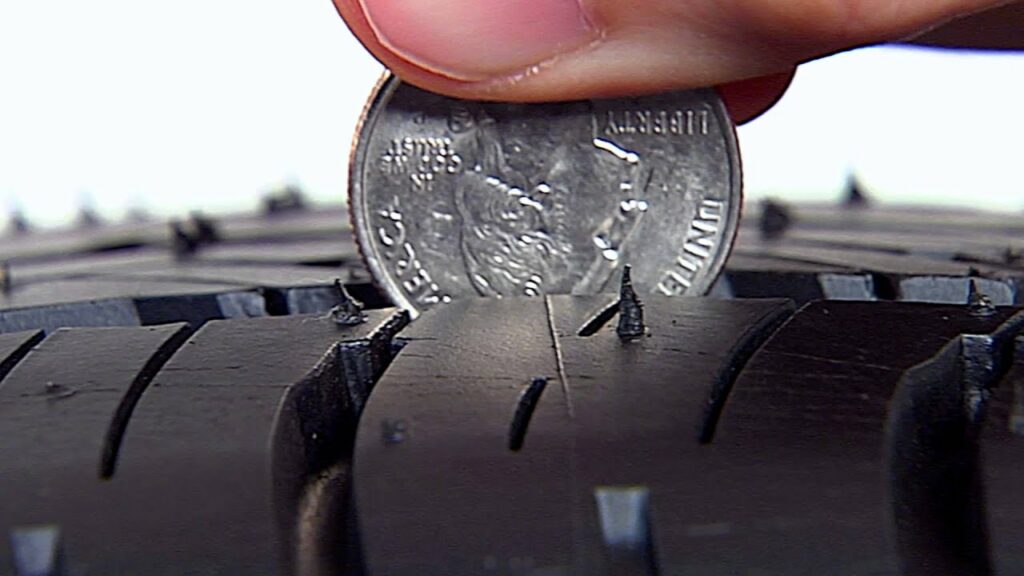
***
So: tires that have not yet worn out along the tread (that is, up to 1.6 mm tread depth for summer tires, 4 mm for winter tires) are changed either ten years after the date of issue, or when the rubber layer cracks tires or damage. nine0003
Our new video
Argo and Atlant are hot new items from Russian assembly
Does mud or snow interfere with recognizing car numbers?
3 most discussed posts in our social networks in 2022
Like this article? Subscribe and you will always be in the know!
Driving in Zen
News smi2.ru
In fact, the average life of any tire is 5-7 years, but a lot depends on how the owner treats his car. Aggressive driving, improper seasonal tire storage, unrepaired suspension/balancing problems, incorrect pressure and other errors can significantly shorten tire life. But worn tires can be a serious problem on the road: an increased risk of uncontrolled skidding, hydroplaning, even accidents is the price that drivers and passengers have to pay for using old tires. nine0003
But worn tires can be a serious problem on the road: an increased risk of uncontrolled skidding, hydroplaning, even accidents is the price that drivers and passengers have to pay for using old tires. nine0003
Each manufacturer indicates the so-called wear index on the tire profile, which most often looks like the inscription “Treadwear 100” and means a maximum of 48,000 km on a standard road surface (polygon). In a real environment and often not the most ideal roads, this number actually needs to be divided by 1.5 - we get 36,000 km.
By analogy, if the wear resistance index is 150, then this means “factory” 72 thousand km, 200 - 96 thousand km., and so on.
What are the dangers of worn tires on the road:
adhesion to the roadway deteriorates, which leads to an increased likelihood of skidding, accidents, hydroplaning in case of rainy weather;
reduced cross-country ability in off-road conditions;
increases the risk of a tire puncture while driving.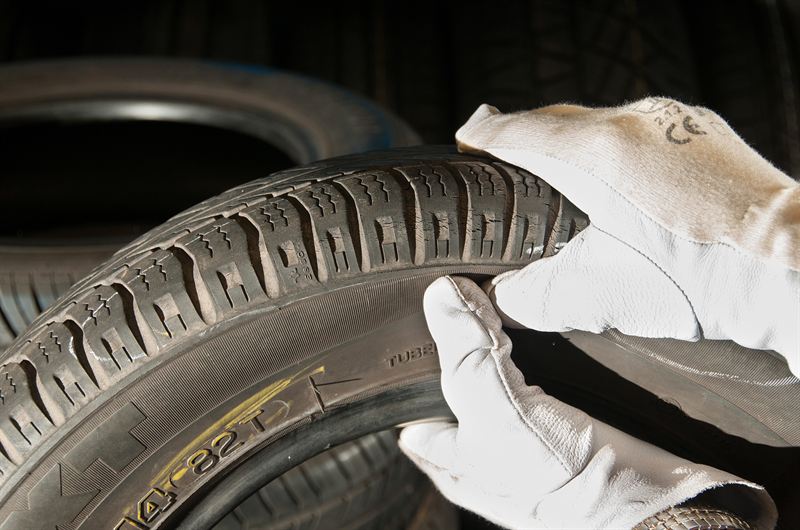 nine0003
nine0003
It is also worth remembering that the issue of tire wear is regulated by traffic rules, and you can get a fine for using “bald” rubber. Knowing what maximum tire wear is acceptable, this is easy to avoid: 1.5-2 mm for summer, and 4-5 mm for winter (a more accurate figure is indicated by the manufacturer).
1. According to the wear indicator on the tire. To find this indicator, you need to inspect the side of the tire and find one of the markings: a triangle, a company logo, a snowflake, or the abbreviation TWI. If the tread has worn down to this indicator, it means that the tire needs to be disposed of urgently. nine0003
2. Many people in the old fashioned way prefer to use a 10-kopeck coin. Insert it into the tread with the inscription "10 kopecks" towards you, and if it is visible, the wear level is too high, you need to replace the tire. This method is convenient, but not entirely accurate: by measuring wear in different parts of the tire in this way, it will be difficult to estimate its unevenness by eye, and this is also an extremely important indicator.
3. It is optimal to use a special gauge, depth ruler or caliper for these purposes. This will allow you to measure the wear of the tread in different parts of the tire with an accuracy of up to a millimeter and understand if there is uneven wear. nine0003
If measurements show different results in different parts of the tread, it is important to determine exactly how your tires wear in order to understand where and what the operating error is.
If the tread wears more on the sides and the center wears off less, this means that the tire pressure is insufficient and the contact patch with the road is not correct. This leads not only to poor vehicle stability, but also to increased fuel consumption. nine0003
If the tread is worn down the middle but the sidewalls are fine, then your tires are overinflated. Sometimes this is done intentionally in order to save fuel, but in this case, the tires will still have to be changed ahead of schedule.
There is also the possibility of increased wear on the inside or outside of the tread - this indicates an incorrect camber. A visual table with wear options and their causes:
Cracks on the sides of tires can indicate frequent off-road driving, improper storage, low-quality rubber or long service life, as well as incorrect tire pressure.
Bulges or "hernias" on the sides of the tires appear as a result of the side part hitting hard obstacles. Tires with such damage are not recommended. nine0003
Dents on the tread indicate insufficient cushioning and unadjusted camber. Having found such damage, it is necessary to drive the car to the service and make sure that the suspension is in good condition.
Individual wear spots on the tread indicate aggressive driving / braking, skidding with wheel locks, or prolonged parking of the car in one position.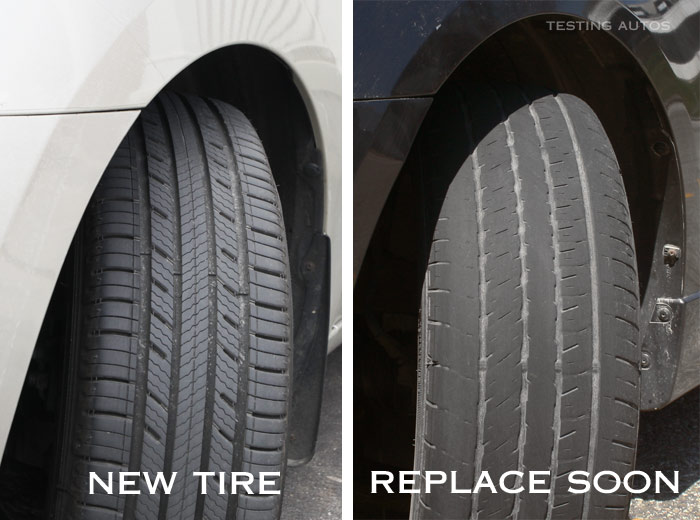 nine0003
nine0003
Most often, this is required for the sale and purchase of used tires in order to orient the buyer in the degree of their wear. Many sellers give this figure at random, but this method has nothing to do with the actual assessment of the degree of tire wear. It is also important to understand that a conditional 50% wear for a summer tire is an acceptable value, while 50% wear of a winter tire tread is a sign that the tire cannot be used. Therefore, it is important to know how to accurately determine the percentage of tire wear so as not to get into an unpleasant situation. nine0003
Many people divide the actual tread height by the height of the same, but new tire, and get a certain percentage of wear. This would be correct, if not for one BUT: we cannot physically erase the tread to zero, and the law prohibits the use of tires with a tread below the permitted values.
You can calculate actual tire wear by dividing the difference between the new tire height and the actual tire height by the difference between the new tire tread height and the minimum possible tread height for that tire, and then multiplying this number by 100.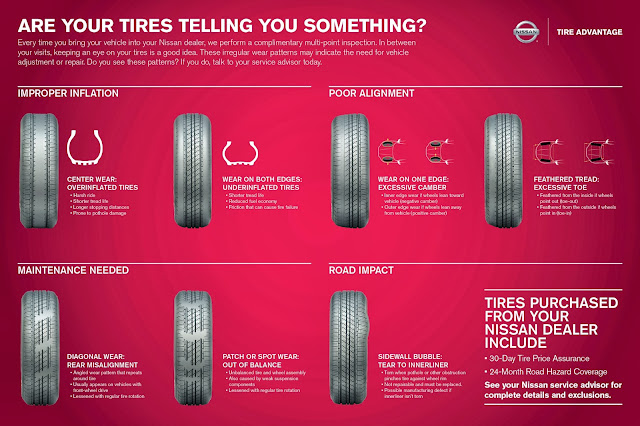 nine0003
nine0003
If it is impossible to find out the height of the same, but with a new tire, use the average values of your tire type:
| Tire type | Average tread height at start of use |
| Winter tires with Scandinavian tread | 10 mm nine0003 |
| Winter with regular or asymmetric tread | 9 mm |
| High-speed winter | 7 mm |
| Summer tires with classic tread nine0184 | 8 mm |
| Summer speed | 7 mm |
You can check summer tires for wear a little less often than winter tires, since in summer the tread depth is not so important for patency.
If you have assessed the condition of your tires on all of the above factors and realized that the tires are worn out, be sure to replace them with new ones as soon as possible.